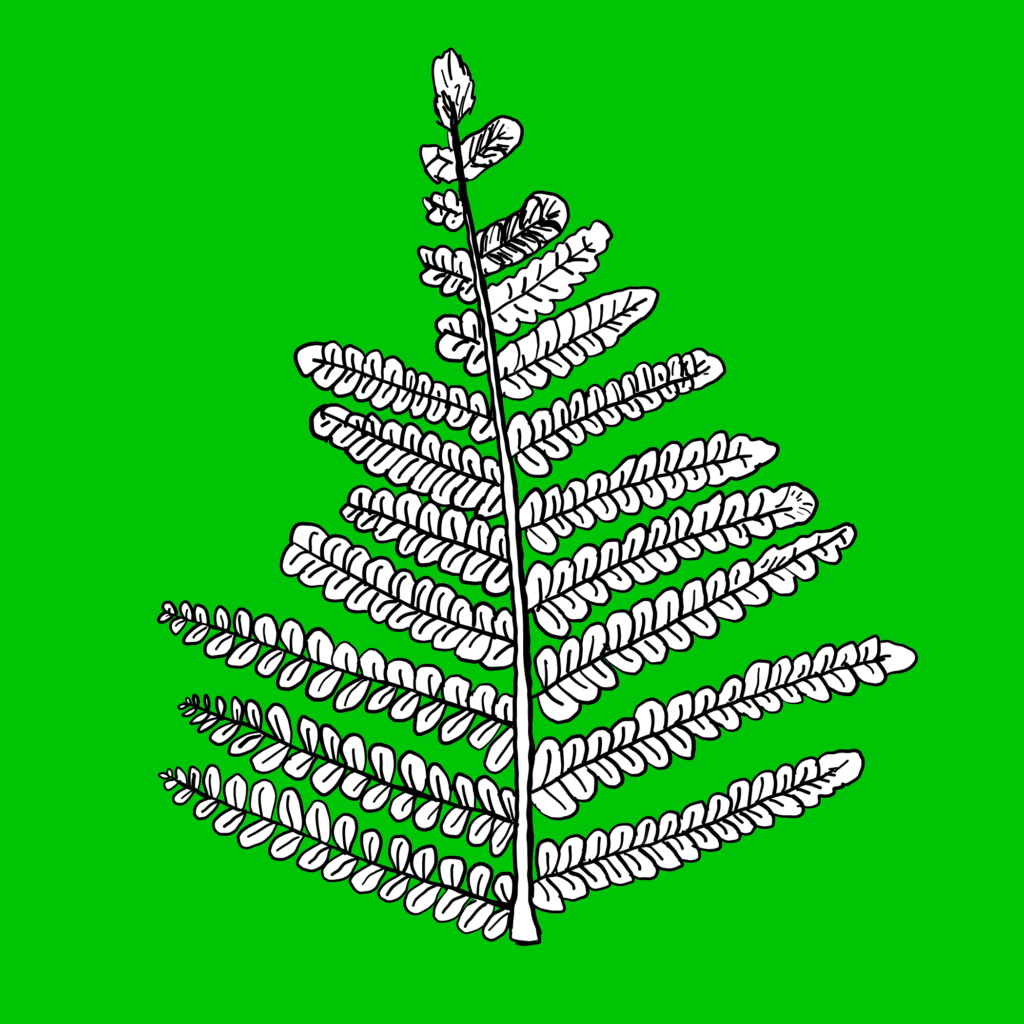The following is research concerning localized and regional paleontological topics, with some focusing on fossilized creatures. These range from a phylum down to a particular species. Other are shorter articles about terms or methods used in paleontology.
Catalog of Research Pages
Posts on this website typically focus on minor research focused on a particular find, coupled with photography. The pages linked below are more comprehensive and written on a specific topic. The process is evolving as I write more.
Featured Research
These are the most comprehensive articles. In addition, all of these contain references to other research used in constructing each manuscript.
- Allopinna godleskya – The true name for local pinnid fossils, a new species named by Tom Yancey in 2024.
- Aviculopinna & Meekopinna – Research on two Pinnid genera to help identify local pinnid fossils.
- Shansiella carbonaria – A typical local gastropod that I have reported on often. This is a more comprehensive review of the history of the genus.
- Naticopsis – A genus of gastropod that may solve the identity of what I initially considered Mourlonia.
- Petalodus – History of holotypes of named species.
- Solenochilus – Short history of the genus, with some local observations.
- Late Pennsylvanian Trilobites – Information on local trilobites from the Late Pennsylvanian / Carboniferous.
Regional Historic Finds
- Fedexia striegeli – A Pittsburgh area tetrapod discovery that was the third ever Pennsylvanian Trematopid recovered.
Genus Focused
- Metacoceras – A visual overview of several specimens collected with the genus.
Phylum Focused
- Brachiopods – Broad overview of the phylum, Brachiopoda. Includes photos of local specimens.
General Paleontology
- Steinkern – Description of this term.
- T-R Units – Units of time for allocyclic cycles. In simpler terms, it explains why the local rocks are structured the way they are.
Simple Research
Articles that do not go into depth. These are portions of research on a particular specimen where the identification changed but the found facts are worth keeping.
- Bactrites – Misidentified a pinnid as being possibly Bactrites. Rather than throw away the research, I saved it on this page.

